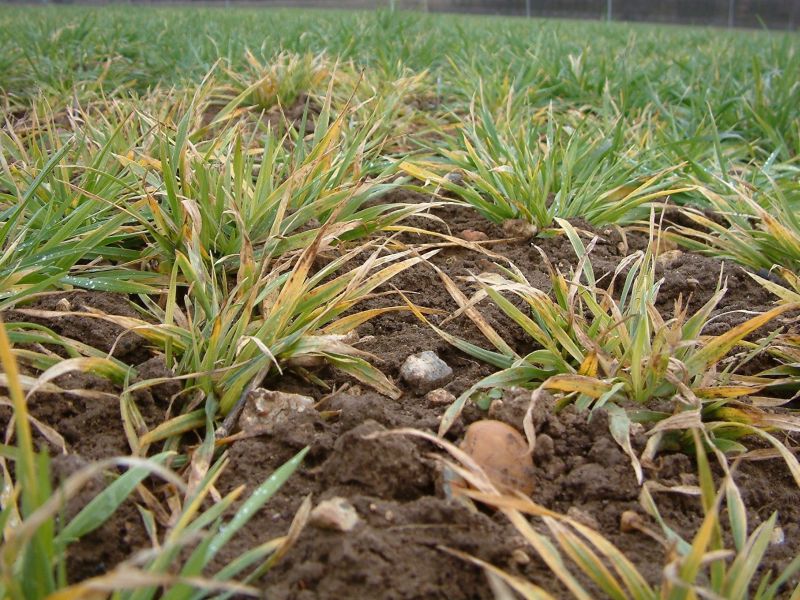
A new app designed to help boost the timeliness of insecticide spraying against aphid vectors of Barley yellow dwarf virus (BYDV) in the absence of being able to use a neonicotinoid seed treatment this autumn has been launched.
The new app, BYDV Assist, alerts users once a spraying threshold is reached for given locations.
This is based on cumulative daily temperatures reaching 170 day degrees after crop emergence.
This 170 day degree figure is important, says Syngenta field technical manager, Max Newbert, because it signals the point when second generation aphids are able to expand the spread of the virus in the crop from plants with initial infection.
“Without effective control, BYDV can reduce yield by 15-30% in wheat and 50-75% in barley,” says Dr Newbert.
“In the absence of being able to use a neonicotinoid seed treatment, growers need to find alternative ways to manage this damaging problem.
“A recent survey of 106 growers showed 98% rated BYDV as a potential risk for cereal crops, with some 73% expecting to use a pyrethroid spray against BYDV aphid vectors.
“By providing alerts, we hope the app will make effective spraying against BYDV much more achievable.
Users will also be able to set the app to give advanced warning of a spray threshold approaching.
It will still be vital to inspect crops to monitor aphid numbers. However, 94% of respondents in the survey said a user-friendly BYDV prediction tool would be helpful in making BYDV spray application decisions.”
Once the spraying threshold has been reached and the pyrethroid applied, Dr Newbert says the accumulated daily temperatures can be reset on the app, so that further alerts can be issued if temperatures again reach 170 day degrees. This will help stay on top of subsequent aphid generations, he notes.
“We have also incorporated weather forecasts into the app,” says Dr Newbert, “to help predict available aphicide spraying windows.”
With BYDV being such a damaging virus, Syngenta marketing manager, Mark Bullen, says it is also important to reduce aphid risks by using cultural methods.
“Delaying drilling until after aphid activity declines is certainly a key consideration,” says Mr Bullen.
“When doing this, it is important to select appropriate varieties. Winter wheat varieties Graham and Gleam both provide flexibility to be drilled later, although seed rates may need to be increased in some instances. Similarly, there is evidence that hybrid barley is relatively tolerant to later drilling.
“However, whenever drilling is delayed, it is also important to offset the slower crop emergence that occurs due to colder soils, and the risks from establishment diseases.
“Extensive work on the fungicide seed treatment Vibrance Duo in winter wheat has shown that, as well as boosting crop establishment at normal drilling times, it is particularly beneficial when drilling later.”
The BYDV Assist app is available to download now from The App Store and Google Play, Mr Bullen concludes.
